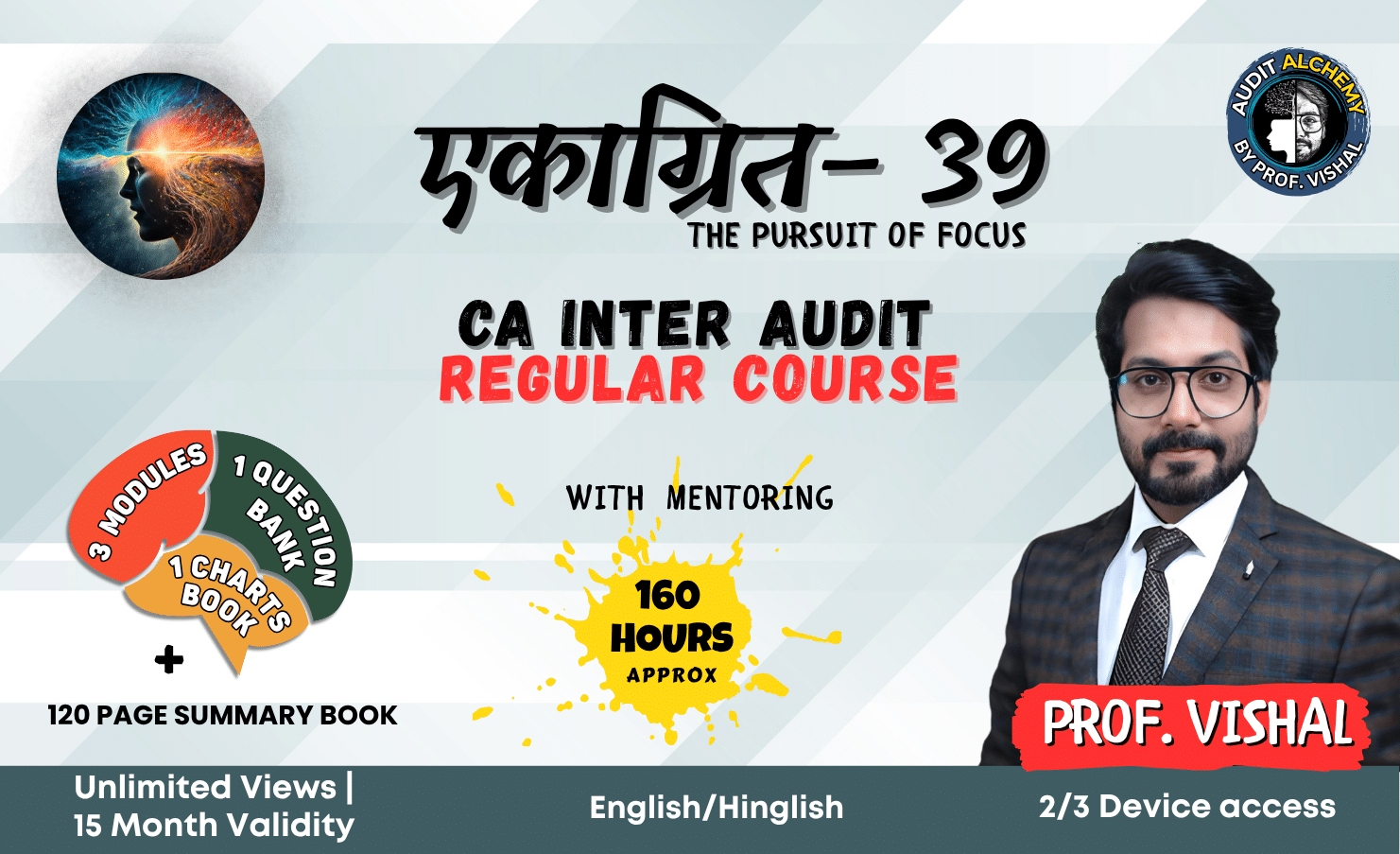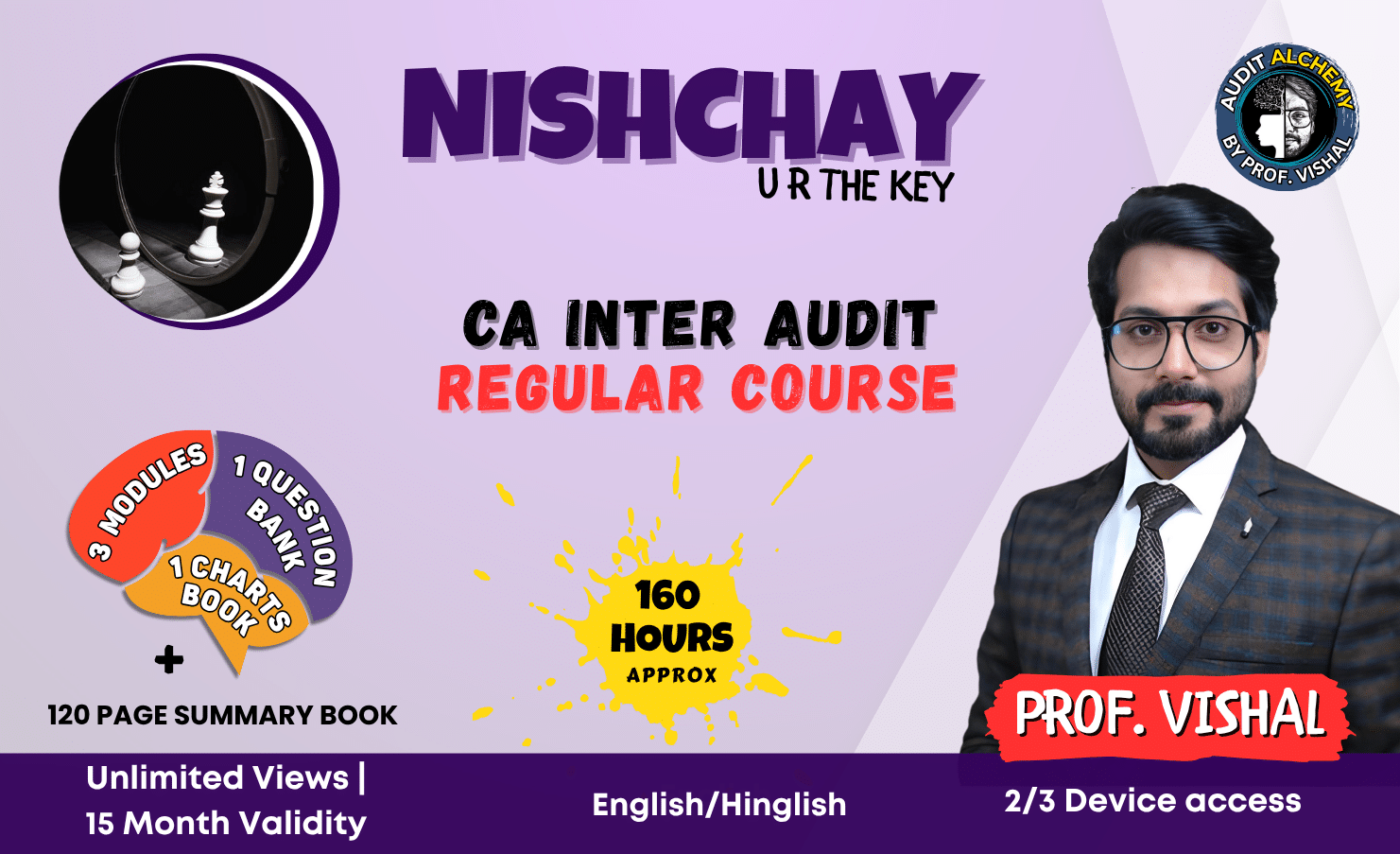In various scenarios, individuals adopt breaks as responses to fatigue, task completion, or as a last resort. However, could adhering to regular intervals potentially accelerate the creation of exceptional work? Without a doubt!
Juggling an array of tasks within a single day often characterizes ambitious individuals. Yet, incessant labor without reprieve can hamper your capacity to excel, leading you to attribute subpar outcomes to flawed strategies. Research illustrates that strategically planned breaks can preserve cognitive well-being and facilitate deep concentration.
Conversely, persisting through work devoid of interludes could prompt you to abandon tasks prematurely, eroding your long-term efficacy. Let’s delve into two types of breaks you can seamlessly integrate into your work routine:
Brief Respite:
Spanning 5 to 10 minutes, these fleeting moments provide a chance to recalibrate your mind, shift your focus, and then resume your tasks invigorated.
Extended Interlude:
Ranging from 30 minutes to an hour, these extended pauses grant you complete respite from work, allowing you to engage in activities that offer relaxation and reinvigoration.
For optimal outcomes, we advocate incorporating both varieties of breaks into your schedule. Here are pragmatic insights to harmoniously blend these breaks:
Maximizing Tiny and Lengthy Breaks: 5 Practical Tips
#1 Strategize Break Timing:
Determine the frequency and duration of your breaks in advance. By doing so, you liberate yourself from any guilt associated with taking breaks and can fully indulge in your well-deserved respite.
#2 Embrace Short intervals.
Regard brief breaks as essential energy boosters. Employ these moments to amble around your space, savor a cup of coffee, tend to your plants, engage in meditation, or stretch your body.
#3 Curtail Digital Engagement:
Resist the allure of social media, email perusal, or browsing work-related content online. These unintentional distractions can inadvertently extend your break duration.
#4 Embody Motion:
Human physiology thrives on movement. Venture outside for a brisk 10 to 20-minute stroll. Walking prompts a transition from focused thinking to a more diffused mindset, unveiling latent problem-solving capabilities.
#5 Curate Break Activities:
Individual preferences for unwinding differ. While music could be a tonic for some, others might find solace in cooking or gardening. Identify activities that divert your attention from your surroundings, and seamlessly incorporate them into your breaks for a rejuvenated mindset.
Remember, embracing breaks isn’t merely about pausing; it’s about catalyzing breakthroughs. Often, profound ideas emerge during walks or casual conversations that eclipse those generated while anchored to your desk. These moments of inspiration can serve as catalysts for groundbreaking insights.
So, why compromise your cognitive well-being? Prioritize breaks to not only enhance your productivity but also bolster your mental equilibrium. Achieving equilibrium between work and breaks can yield remarkable outcomes. Surely, that’s a pursuit worth undertaking, isn’t it?














